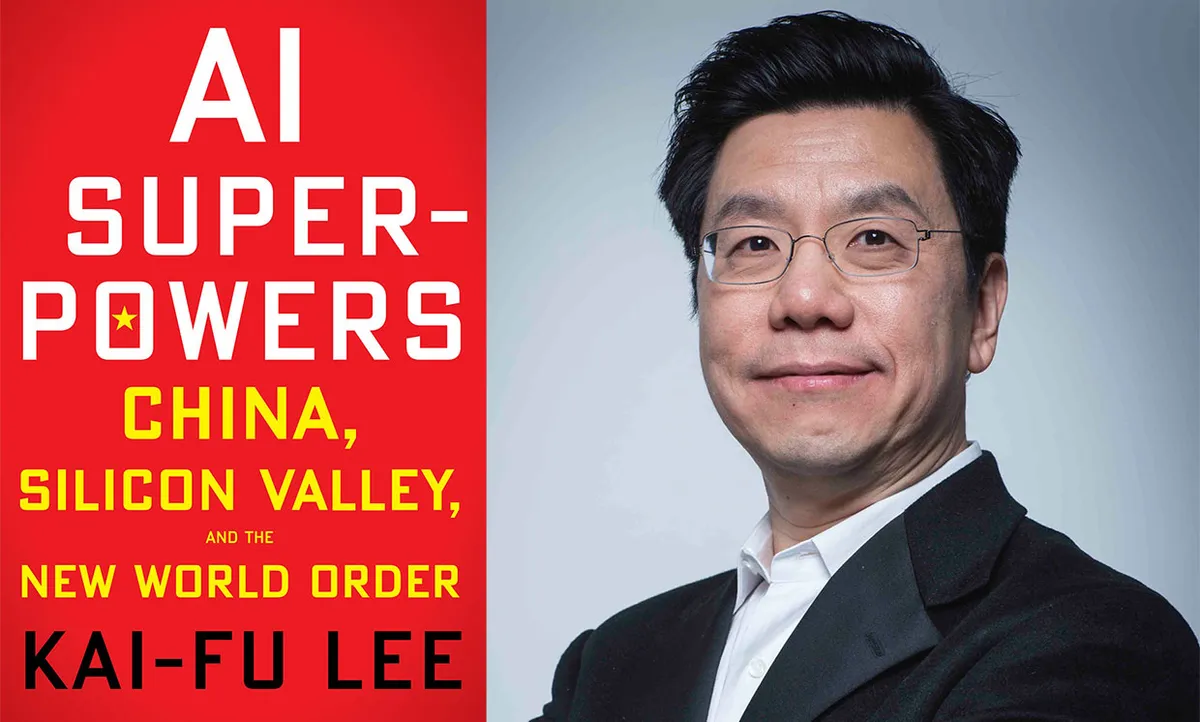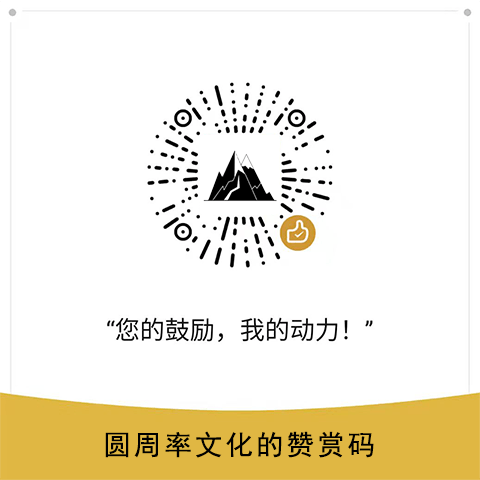李开复(Ka-Fu Lee)的《Ai Superpowers: China, Silicon Valley, and the New World Order》(AI新世界,2018)这本书花了大量时间讨论“人工智能军备竞赛”,以及与该主题相关的对中国和美国的一些看法。

李开复是中国最重要的风险投资人和技术高管之一,曾为谷歌、苹果和微软管理过中国的多个部门。在书中,他为如何思考人工智能能力、部署和五年内的进步制定了一个绝妙的框架。他展示了每个国家在这两个地区花费大量时间并可能与政策制定者、公司和其他人交谈的观点。他称之为人工智能的四次浪潮。
人工智能的四次浪潮
1. 第一波浪潮:互联网人工智能(Internet AI)。在人工智能四次浪潮的第一阶段,世界主要与推荐引擎打交道。这些被广泛定义为从大量用户数据中学习以策划针对每个人的个性化在线内容的算法系统。提到的比较有趣的公司之一是今日头条。该业务最初是 Buzzfeed 的模仿者,每天拥有近 1.2 亿的访问量 通过病毒式内容和推荐引擎人工智能吸引活跃用户。没有人类。该业务价值 $20B,是 Buzzfeed 价值的 10 倍。目前,李开复估计,在互联网人工智能的部署方面,中国和美国公司是正面交锋的。但鉴于中国的数据优势,他预测中国科技巨头在未来五年内将略微领先于美国同行(60-40)。
2. 第二波浪潮:商业人工智能(Business AI)。在人工智能四次浪潮的第二阶段,商业人工智能使用传统公司历史上已经标记的数据并创造巨大的影响力对于一个现代公司。想想银行通过人工智能发放贷款,医院通过人工智能存档诊断,人工智能读取扫描图像数据,法院通过人工智能记录定罪历史、累犯和逃跑。这本书介绍了 Smart Finance,这是一家中国金融服务公司,它为小额信贷开发了一个由人工智能驱动的应用程序,该应用程序几乎完全依赖其算法来发放数百万笔小额贷款。中国的移动支付支出以 50 比 1 的比例超过美国人,因此这又是一个大行业也就不足为奇了。在商业人工智能方面,美国远远超过中国,但李预测,在未来五年内,中国将弥补一些差距(30-70),而美国仍然遥遥领先。
3. 第三次浪潮:感知人工智能(Perception AI)。在这一波浪潮中,人工智能将进入传感器生态系统,将数字世界与我们的物理环境融合在一起。随着传感器和智能设备在我们的家庭和城市中激增,我们即将进入万亿传感器经济。想象一下走进一家杂货店,扫描您的面部以提取您最常购买的商品,然后拿起一个虚拟助手购物车。预加载您的数据后,购物车会通过语音输入调整您常用的购物清单,提醒您为即将到来的周年纪念购买您配偶最喜欢的葡萄酒,并引导您完成个性化的商店路线。中国的一家肯德基餐厅已经与支付宝(阿里巴巴的移动支付平台)合作,开创了令人难以置信的“刷脸支付”功能。鉴于中国的硬件优势,
4. 第四次浪潮:自主人工智能(Autonomous AI)。在前三波浪潮的基础上,第四波浪潮将整合一切,赋予机器感知和响应周围世界的能力,使人工智能能够高效地移动和行动。想想成群的无人机可以通过计算机视觉和非凡的灵活性选择性地喷洒和收获整个农场,可以比消防员更有效地扑灭森林火灾 100 倍的耐热无人机,或者可以在智能道路和交通系统上导航的 5 级自动驾驶汽车他们自己的。我们听说过这样的未来,但要成为现实还需要时间和努力。李开复目前使美国在自主人工智能领域处于领先地位(90-10),但中国政府的努力正在迅速加强竞争,未来五年将达到 50-50。
1. The First Wave: Internet AI. In this first stage of The Four Waves of AI, the world is mostly dealing with recommendation engines. These are broadly defined as algorithmic systems that learn from masses of user data to curate online content personalized to each individual. One of the more interesting companies mentioned is Toutiao. The business started as a copycat of Buzzfeed and boasts almost 120 million daily active users through a viral content and recommendation engine AI. No humans. The business is worth $20B which is 10x the value of Buzzfeed. Currently, Kai-Fu Lee estimates that Chinese and American companies stand head-to-head when it comes to deployment of Internet AI. But given China’s data advantage, he predicts that Chinese tech giants will have a slight lead (60-40) over their U.S. counterparts in the next five years.
2. The Second Wave: Business AI. In this second stage of The Four Waves of AI, business AI uses the data that traditional companies have already labeled historically and creates enormous leverage for a modern corporation. Think banks issuing loans via AI, hospitals archiving diagnoses via AI, imaging data on your scans being read by AI, courts noting conviction history, recidivism, and flight via AI. The book profiles Smart Finance, a Chinese financial services company that built an AI-powered app for microfinance that depends almost exclusively on its algorithms to make millions of micro-loans. China’s mobile payment spending outnumbers that of Americans’ by a ratio of 50 to 1 so it is no surprise that this is another large business. In business AI the U.S. outperforms China by a great margin but Lee predicts that in the next five years China will make up some ground (30-70) with the U.S. still having a commanding lead.
3. The Third Wave: Perception AI. In this wave, AI will move into the sensor ecosystem, merging the digital world with our physical environments. As sensors and smart devices proliferate through our homes and cities, we are on the verge of entering a trillion-sensor economy. Imagine walking into a grocery store, scanning your face to pull up your most common purchases, and then picking up a virtual assistant shopping cart. Having pre-loaded your data, the cart adjusts your usual grocery list with voice input, reminds you to get your spouse’s favorite wine for an upcoming anniversary, and guides you through a personalized store route. One KFC restaurant in China has already teamed up with Alipay (Alibaba’s mobile payments platform) to pioneer a “pay-with-your-face” feature which is incredible. Given China’s hardware advantage, the country currently has a 60-40 edge over its American tech counterparts and that will only increase in the coming years to 80-20.
4. The Fourth Wave: Autonomous AI. Building off of the first three waves, the fourth wave will integrate everything and give machines the ability to sense and respond to the world around them, enabling AI to move and act productively. Think swarms of drones that can selectively spray and harvest entire farms with computer vision and remarkable dexterity, heat-resistant drones that can put out forest fires 100x more efficiently than a smokejumper, or Level 5 autonomous vehicles that navigate smart roads and traffic systems all on their own. We’ve heard about this future, but it will take time and effort to become a reality. Kai-Fu Lee currently puts America in a commanding lead (90-10) in autonomous AI but Chinese government efforts are quickly ramping up the competition where this will be a 50-50 split in the next five years.
《Ai Superpowers》的核心要点
1. 中国和美国是人工智能行业的两个主导者。该书认为,中国庞大的人口、政府对人工智能发展的支持以及其数据优势将使其在人工智能研究和应用方面最终超过美国。
2. 人工智能革命将改变就业市场和经济。许多工作将被自动化,而在人工智能研究、编程和数据分析等领域将出现新的工作。本书认为,政府和企业需要通过投资教育和就业培训项目来为这种转变做好准备。
3. 必须考虑人工智能的伦理影响。本书讨论了人工智能的潜在后果,包括工人的迁移、隐私的丧失以及自主武器的可能性。作者认为,我们需要建立道德准则和法规,以确保人工智能以负责任的方式被开发和使用。
4. 人工智能有可能在许多方面改善人类生活。本书探讨了人工智能已经被用于改善医疗、交通和教育的方式。作者认为,我们应该专注于利用人工智能来解决问题,改善人们的生活,而不是仅仅将其用于盈利或军事目的。
1. China and the United States are the two dominant players in the AI industry. The book argues that China's massive population, government support for AI development, and its data advantages will enable it to eventually surpass the United States in AI research and application.
2. The AI revolution will transform the job market and the economy. Many jobs will be automated, and new jobs will emerge in fields such as AI research, programming, and data analysis. The book argues that governments and businesses need to prepare for this transformation by investing in education and job training programs.
3. The ethical implications of AI must be considered. The book discusses the potential consequences of AI, including the displacement of workers, the loss of privacy, and the possibility of autonomous weapons. The author argues that we need to establish ethical guidelines and regulations to ensure that AI is developed and used in a responsible manner.
4. AI has the potential to improve human lives in many ways. The book explores the ways in which AI is already being used to improve healthcare, transportation, and education. The author argues that we should focus on using AI to solve problems and improve people's lives, rather than just using it for profit or military purposes.
Ai Superpowers: China, Silicon Valley, and the New World Order
Publisher : Harper Business; 1st edition (September 25, 2018)
ISBN-10 : 132854639X
ISBN-13 : 978-1328546395

